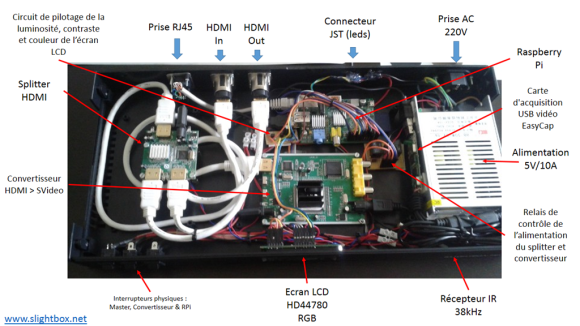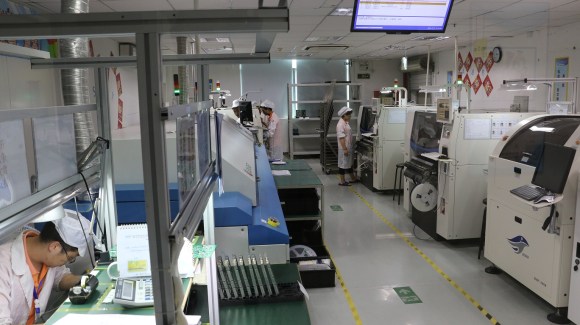Most of the work that [Ron] has done in the past with vacuum tubes and solid state electronics has been repair. At 59 years old, he finally put together his own stereo tube amplifier and we have to admit it definitely has an awesome look.
The platform is built around the well-known 6V6 beam-power tetrodes which are mostly used by major audio brands for their guitar amplifiers nowadays. The Dynaco 6V6 circuit based PCB was bought from China and minor changes were made to it. The amplifier uses one transformer to convert the US 120VAC into 240VAC and 9VAC, the first being rectified by a glassware PS-14 power supply while the later is converted regulated at 6.3V for the tube heaters. The output stage consists of two Edcor audio transformers (one for each channel) that converts the high voltage for its 8 ohms speakers. The home-made chassis provides proper grounding and as a result you can’t hear any background noise.
We are very curious to know if some our readers have been experimenting with glass tubes for audio applications. Please let us know your experience in the comments section below.








 We
We 









